Vietnam is considered one of the few countries in the world with a relatively complete, comprehensive and extensive list of drugs compared to the health insurance premium. However, in the implementation process, the list of drugs still has many shortcomings and limitations, so the Ministry of Health is developing new regulations to remove difficulties and obstacles to expand the scope of influence of health insurance participants.
According to Professor, Dr. Tran Van Thuan - Deputy Minister of Health , drugs are always an important component and account for a large proportion of total health insurance examination and treatment costs. Although in recent years, the proportion of drugs/total health insurance examination and treatment costs has continuously decreased, it still accounts for the largest proportion of expenditure from the health insurance fund. In 2020, it was 40.42 trillion VND (accounting for 34.75%); in 2021, it was 34.48 trillion VND (accounting for 34.86%); in 2022, it was 40.57 trillion VND (accounting for 33.41%).
Currently, the payment of drug costs for health insurance participants is implemented according to the list and regulations in Circular 20/2022/TT-BYT dated December 31, 2022 issued by the Ministry of Health. This list of drugs includes 1,037 active ingredients/pharmaceuticals and biological products divided into 27 major groups and 59 radioactive drugs and markers. With this number, Vietnam is considered one of the few countries in the world with a relatively complete, comprehensive and expanded drug list compared to the health insurance premium (the health insurance drug list in Thailand, Singapore, and the Philippines only has 600-700 active ingredients).
However, during the implementation process, limitations and difficulties have been revealed that need to be adjusted and amended to suit the actual situation. Firstly, regarding health insurance payment for drug wastage costs: Circular No. 55/2017/TT-BYT has been effective since March 1, 2018, guiding the principles of determining loss and payment of loss, but there is no guidance on separating the general cost of drug wastage of the entire hospital (including drugs from hospital fees and from health insurance). Regarding health insurance payment in case of drug contraindications, currently, Circular 20/2022/TT-BYT does not have any provisions on payment in case of drug contraindications. This causes difficulties for medical examination and treatment facilities because although it is a contraindication, there are many cases and circumstances (there are no other alternative drugs, or it is necessary to use the drug immediately to save the patient...) that the medical examination and treatment facility still needs to use for the patient, but then it is discharged.
In addition, hospitals are also struggling with payment for drugs used in remote medical examination and treatment and remote medical examination and treatment support. The 2023 Law on Medical Examination and Treatment stipulates many contents related to remote medical examination and treatment and remote medical examination and treatment support, so it is necessary to supplement regulations on health insurance payment for drugs used in this new type to meet the practical needs of medical examination and treatment facilities.
According to Master Tran Thi Trang, Director of the Health Insurance Department (Ministry of Health), in order to gradually overcome the limitations and difficulties related to payment of drug costs in health insurance examination and treatment, ensuring that the updating of the drug list is carried out regularly, continuously, publicly, transparently and conveniently for implementing units, the Ministry of Health has developed two circulars including: Circular stipulating principles, criteria for building, updating, recording information, structure of the list and payment instructions for pharmaceutical drugs, biological products, radioactive drugs and markers within the scope of benefits of health insurance participants; at the same time, updating information on the development of the Circular promulgating the list of pharmaceutical drugs, biological products, radioactive drugs and markers within the scope of benefits of health insurance participants.
In the draft of these two circulars, it will be necessary to update new drugs that through evaluation and review show to be cost-effective, especially effective in treatment, to be able to contribute to the diagnosis and treatment of diseases at all levels, from the central to grassroots health care, in the future at the specialized, basic and initial levels; moving forward, the entire current drug list will be reviewed.
On the other hand, the Ministry will also remove from the list drugs with warnings related to treatment, low treatment effectiveness, and drugs with cost-effectiveness that are no longer suitable. At the same time, there will be adjustments related to principles and criteria for adjusting drugs, including in the list to ensure timeliness and fastest updates. These principles and criteria also need to ensure objectivity, science, promote treatment effectiveness but ensure the requirement of balancing the health insurance fund. A very important criterion is how to ensure that lower-level medical facilities have access to the best and most effective treatment drugs, suitable for the professional capacity of the licensed facility.
A new point is the payment principle, how to be flexible and in accordance with the professional principles stipulated in the Law on Medical Examination and Treatment 2023. That is, any medical examination and treatment facility with sufficient treatment capacity (including being granted an operating license, having its professional scope approved, having its technical list approved, and having doctors with appropriate practice certificates) can treat that disease and pay for the medicine according to the disease. Thus, health insurance participants enjoy the right to use medicine effectively, which both ensures professional requirements and is close to reality; at the same time, there are no administrative barriers, lower levels are not allowed to use medicine from higher levels. During the implementation process, the management agency regularly updates the medicine list (expected at least once a year) to suit reality.
To better ensure the rights of health insurance participants, the Ministry of Health is reviewing, amending and supplementing the list of health insurance drugs, with special attention paid to expanding the list of drugs for lower levels, especially at provincial, district and communal levels, in accordance with the development of professional capacity; increasing the scope of drug dispensing for some chronic diseases at grassroots health facilities, in order to meet the needs of treatment, medical examination and treatment and ensure the rights of health insurance participants.
Source: https://nhandan.vn/mo-rong-danh-muc-thuoc-bao-hiem-y-te-tang-quyen-loi-cho-nguoi-benh-post843301.html







![[Photo] General Secretary To Lam attends the 80th anniversary of Vietnam's diplomacy](https://vstatic.vietnam.vn/vietnam/resource/IMAGE/2025/8/25/3dc715efdbf74937b6fe8072bac5cb30)

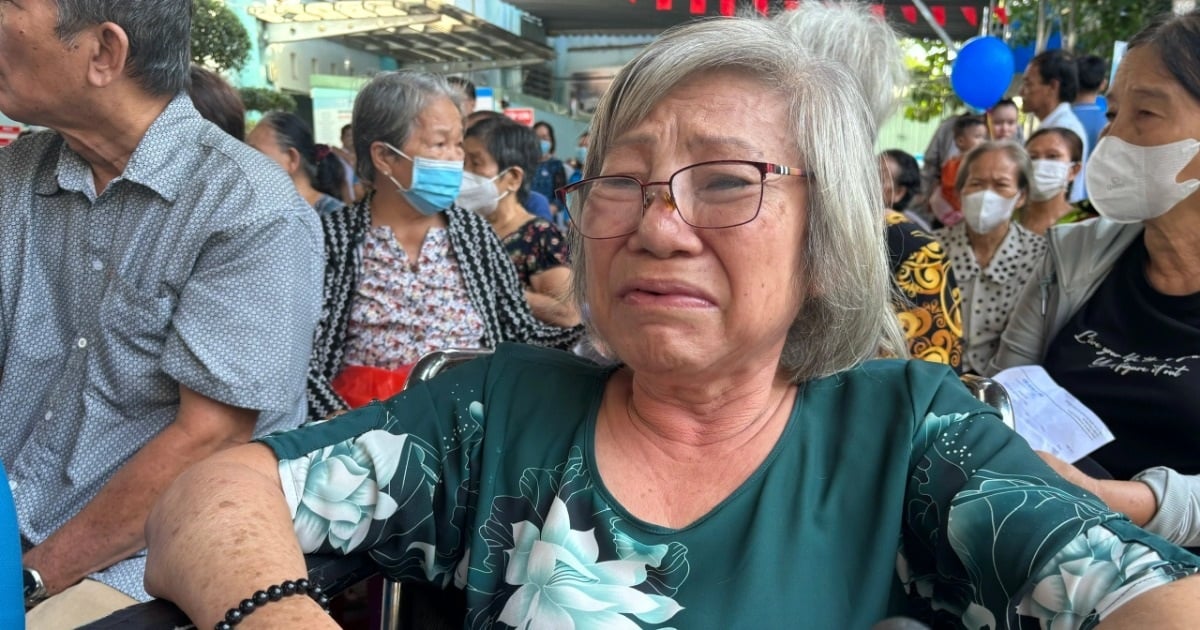



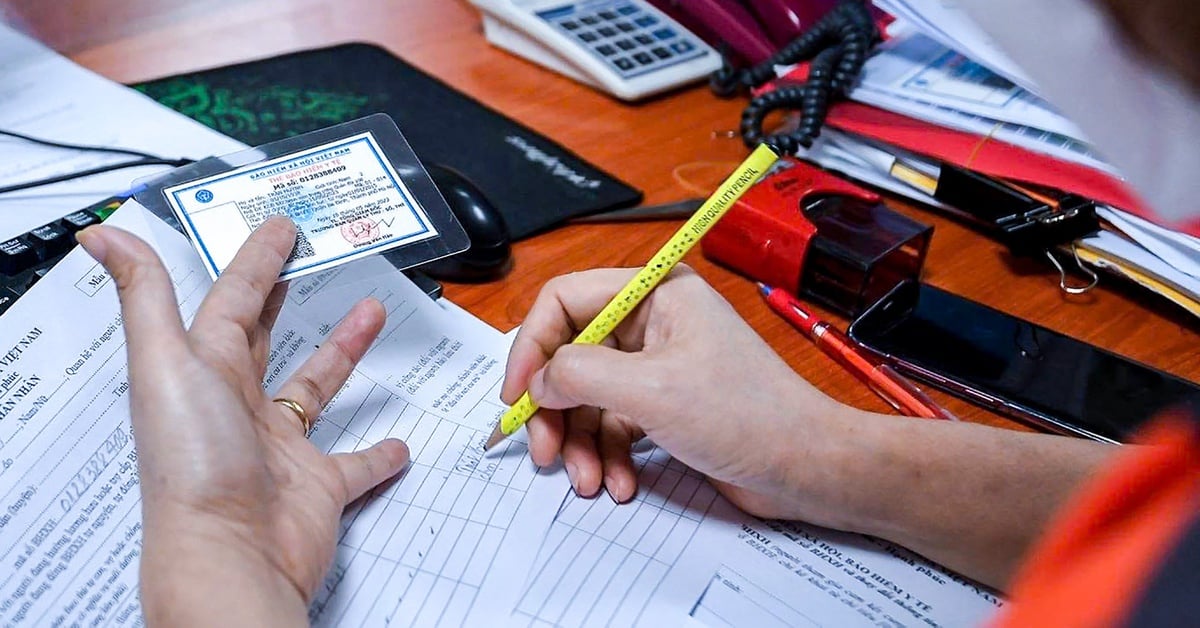



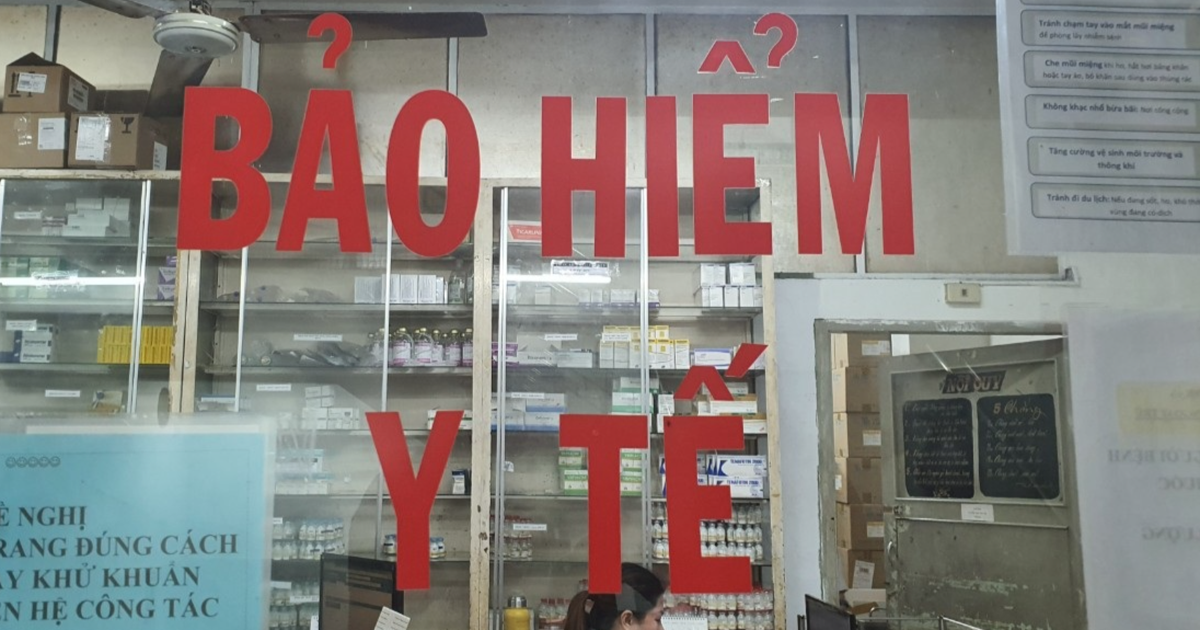
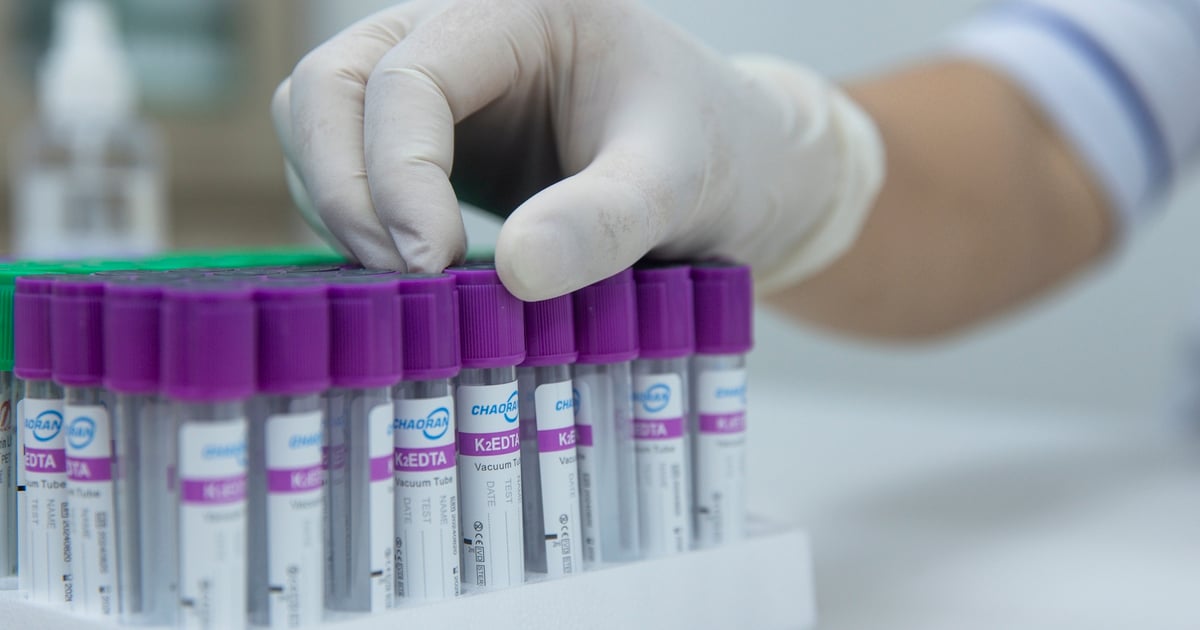

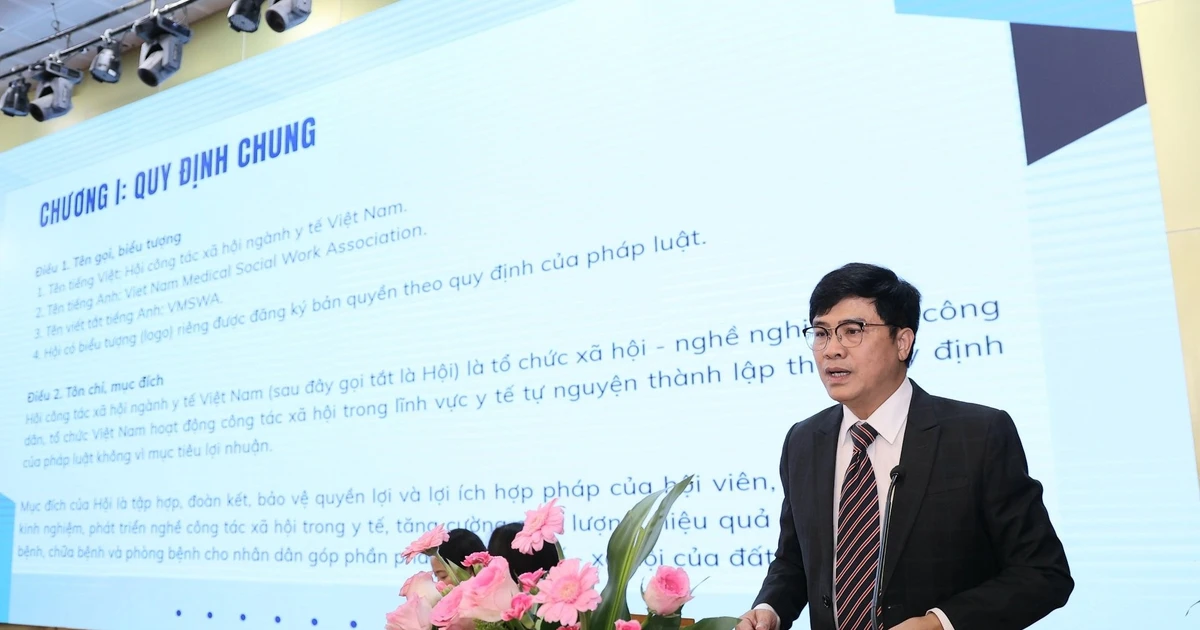

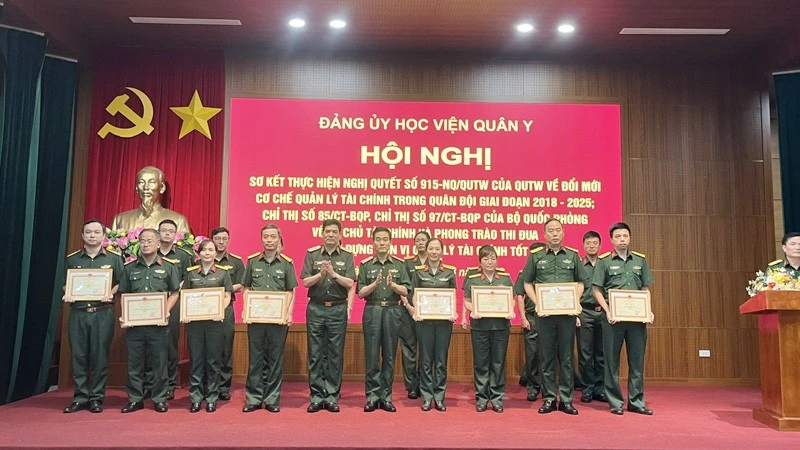
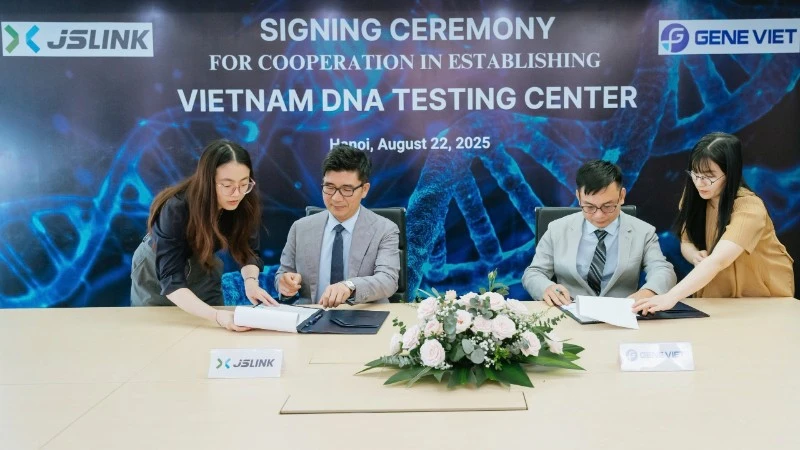
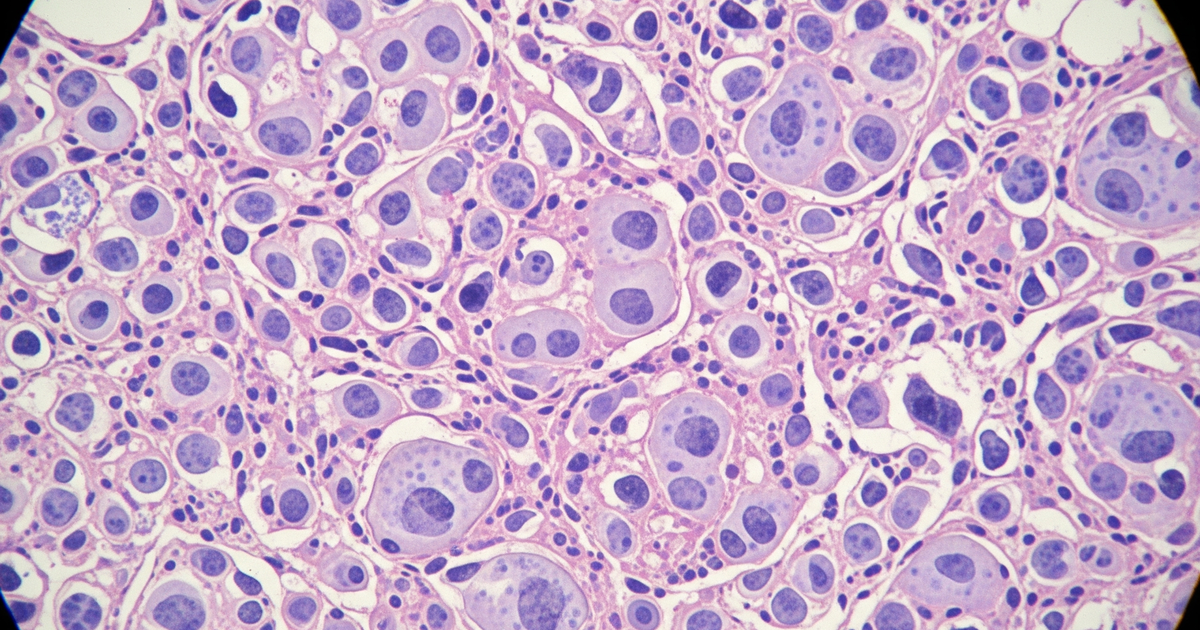
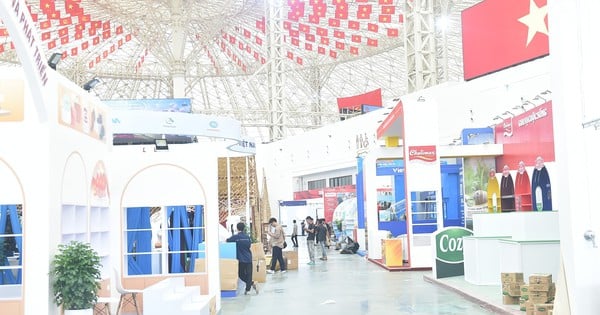

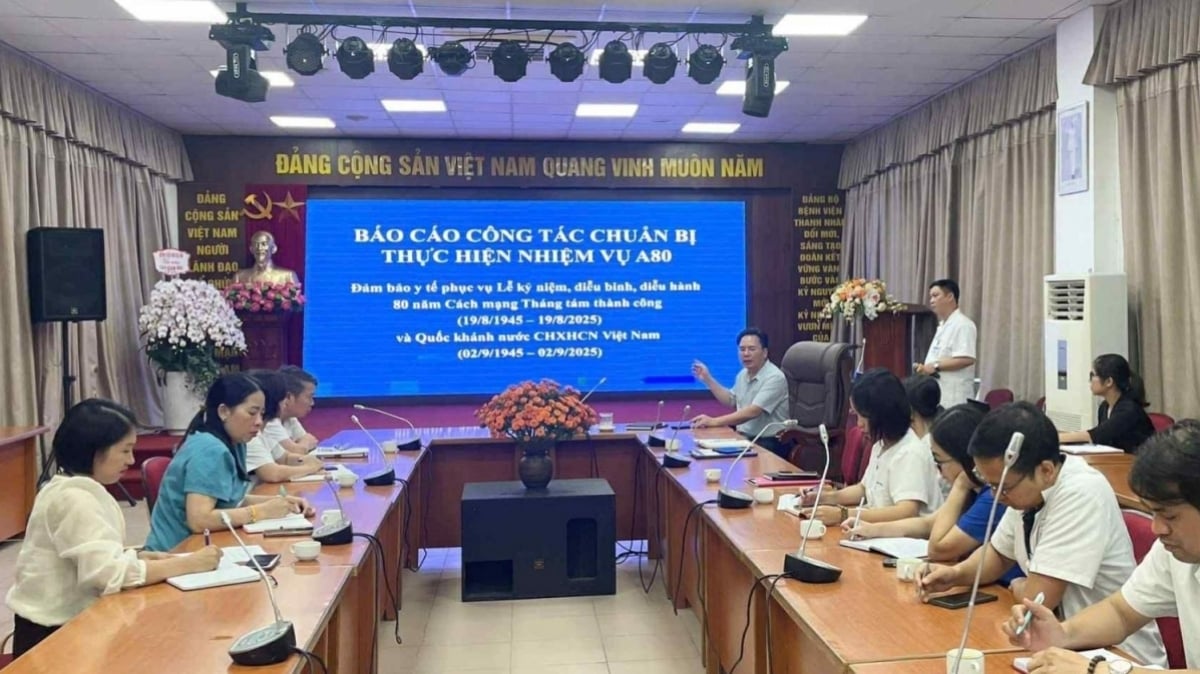





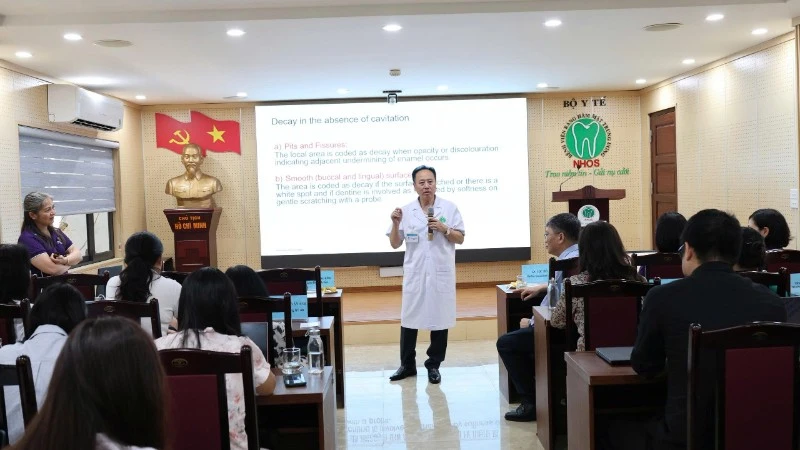




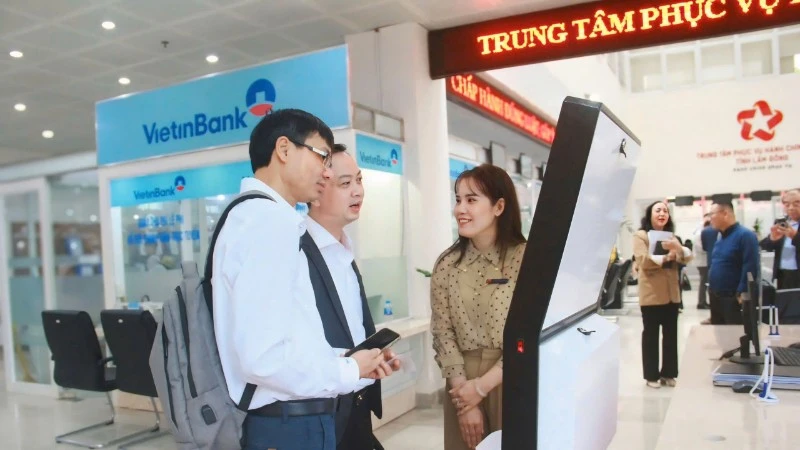


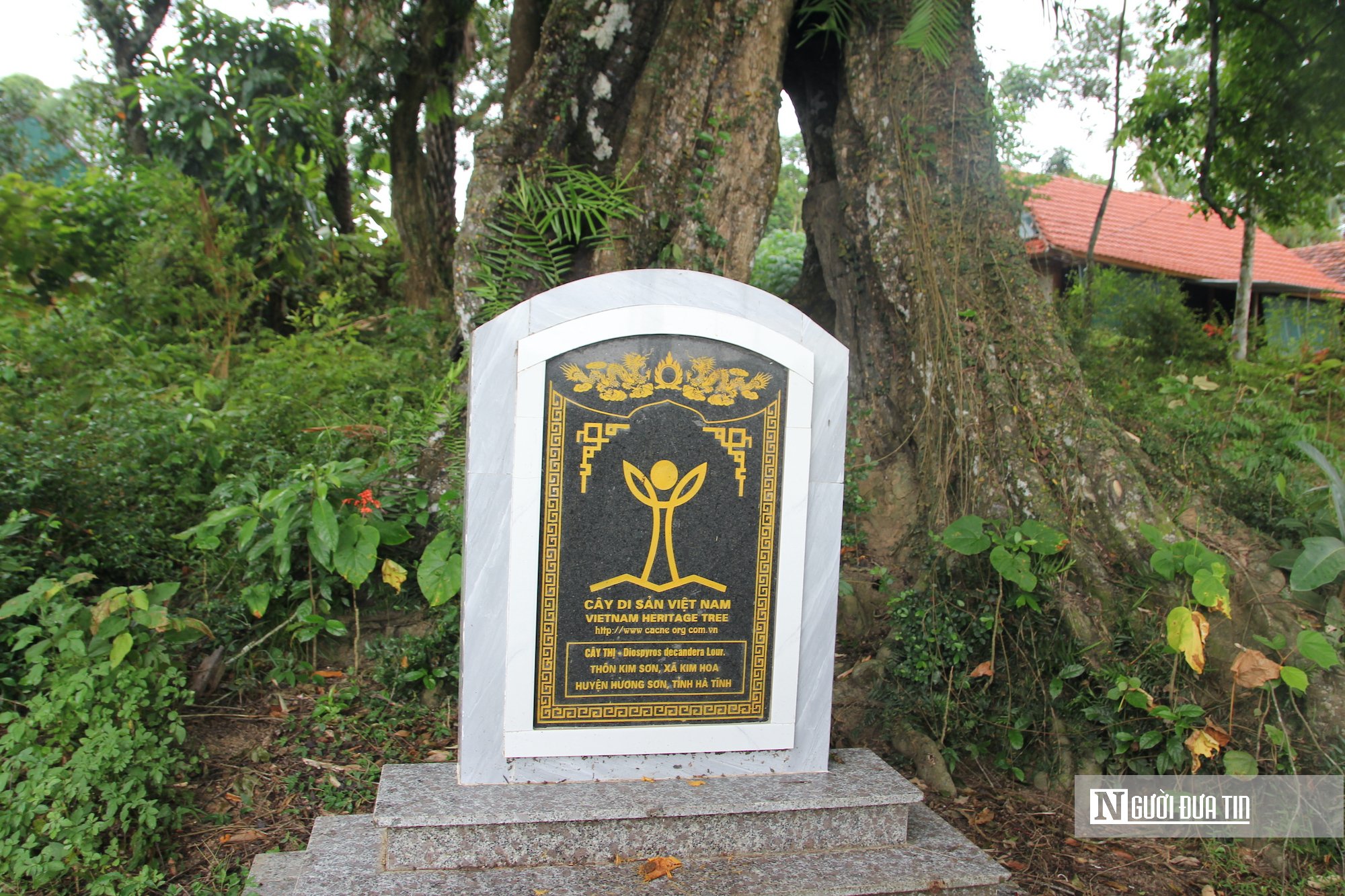
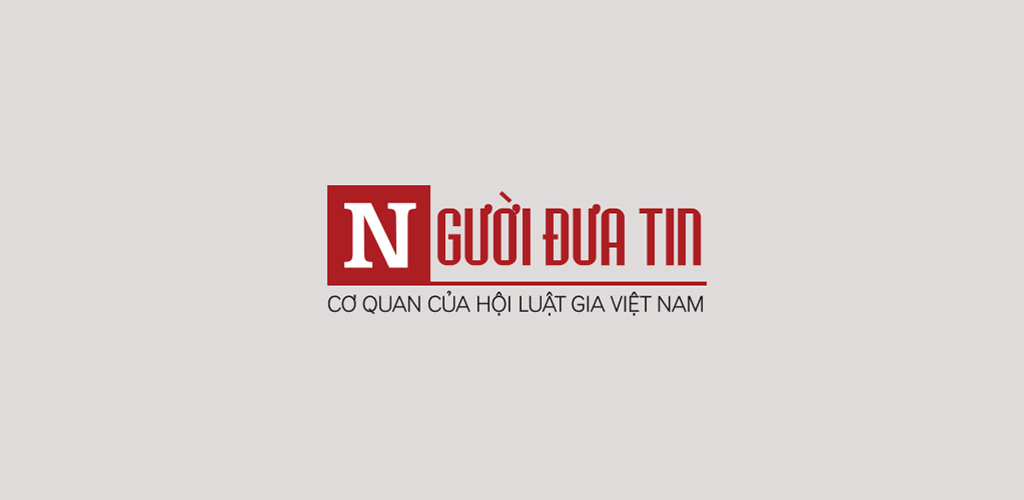


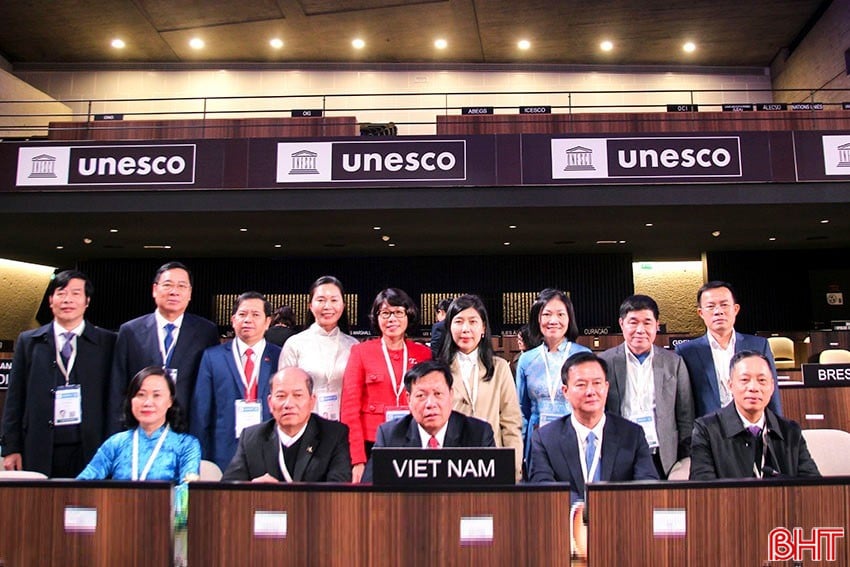

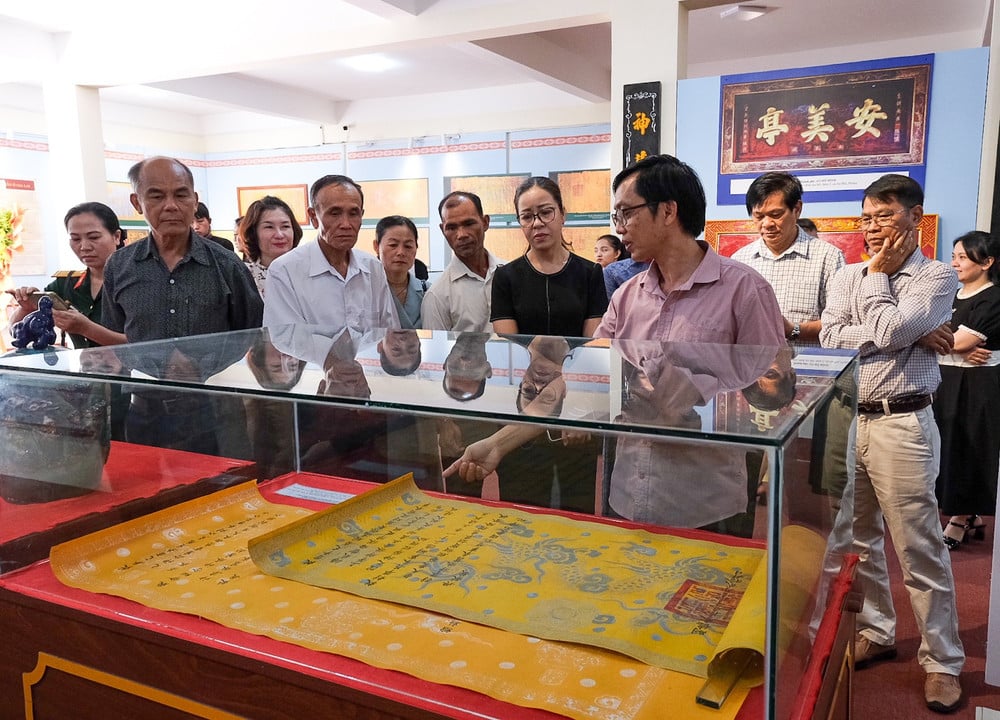









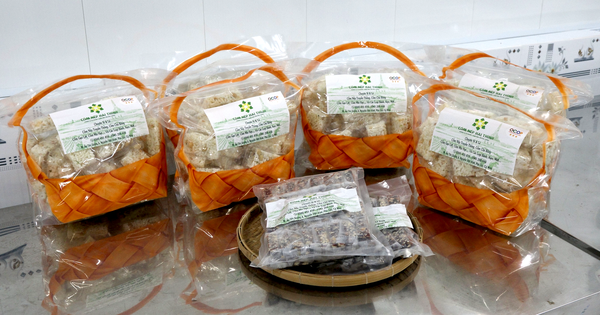




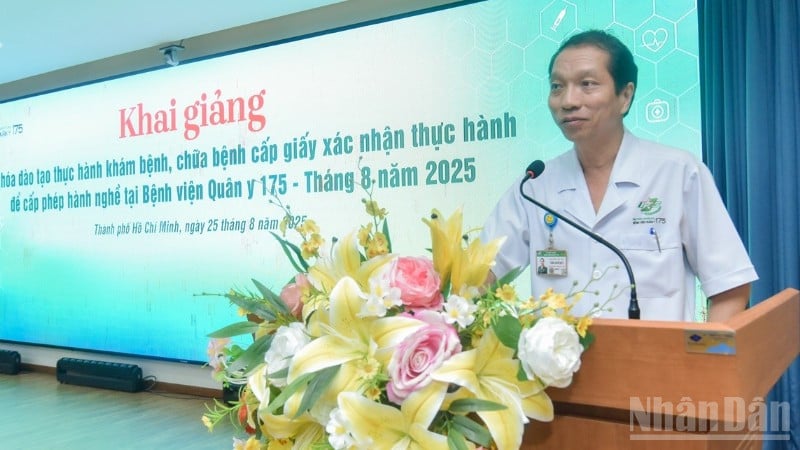
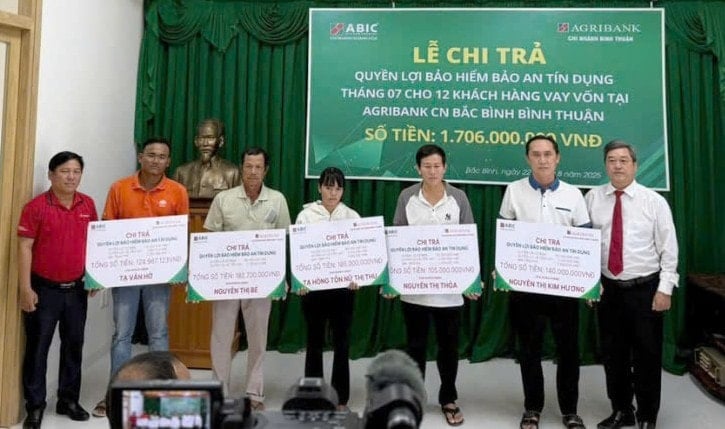






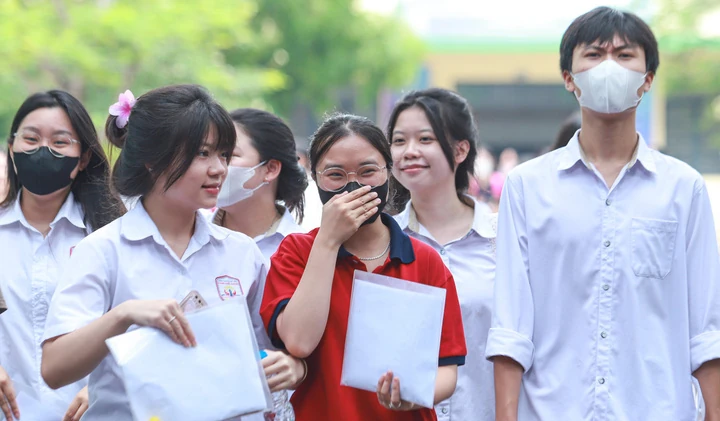


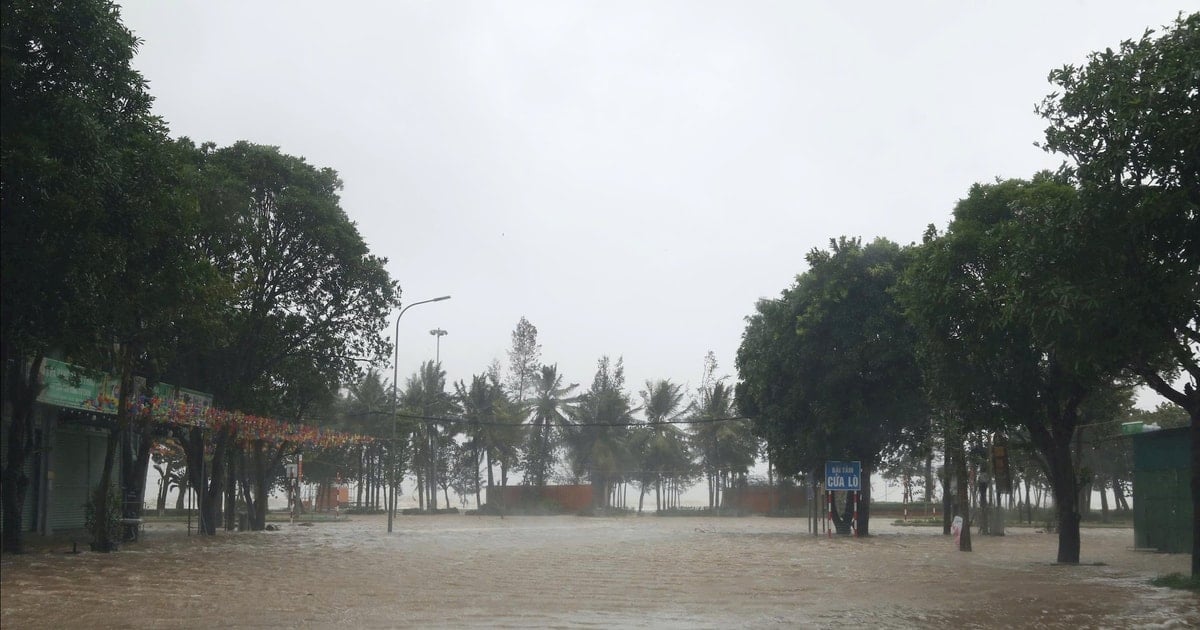




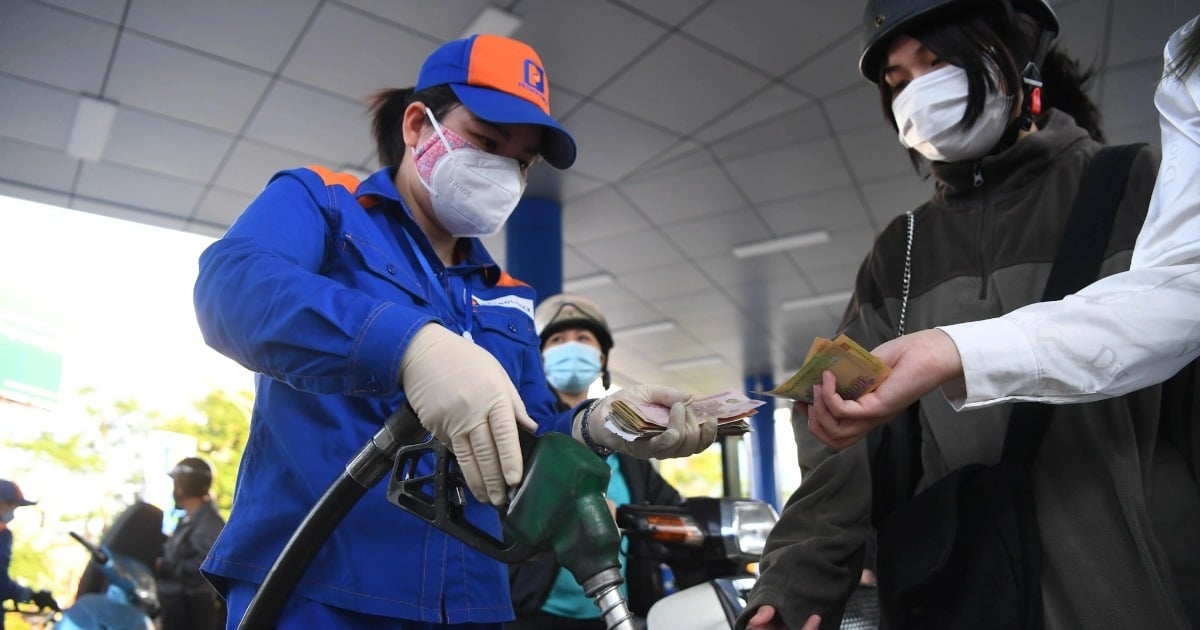



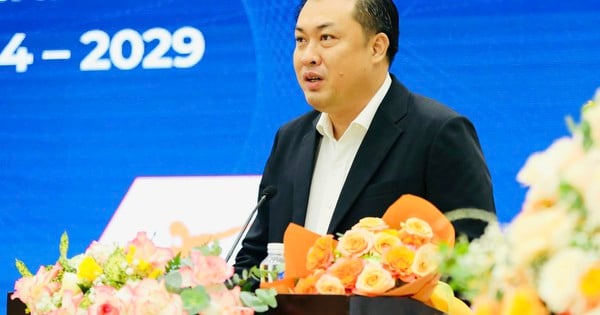


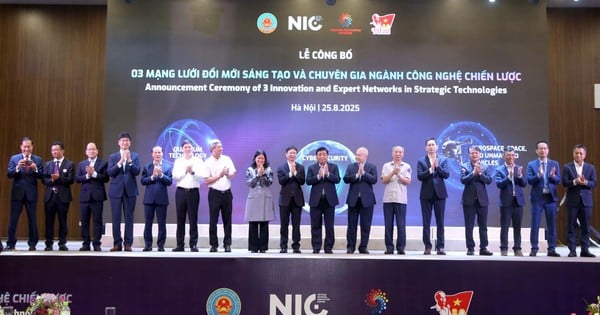

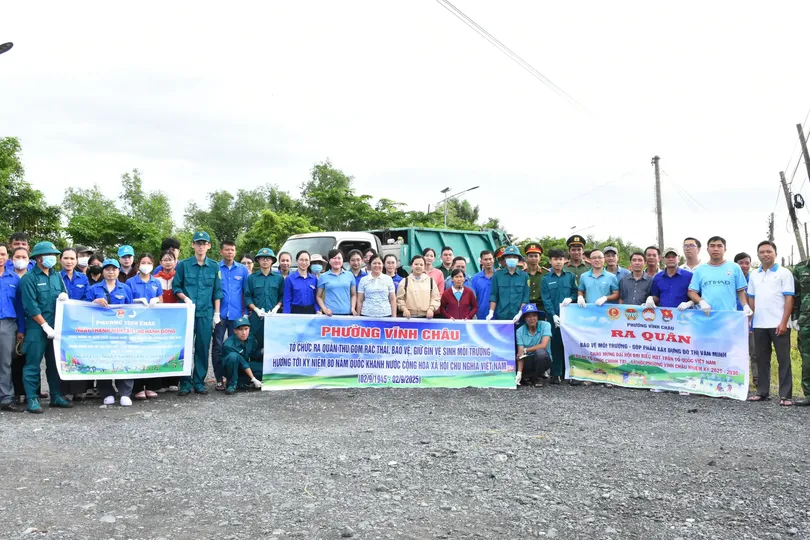

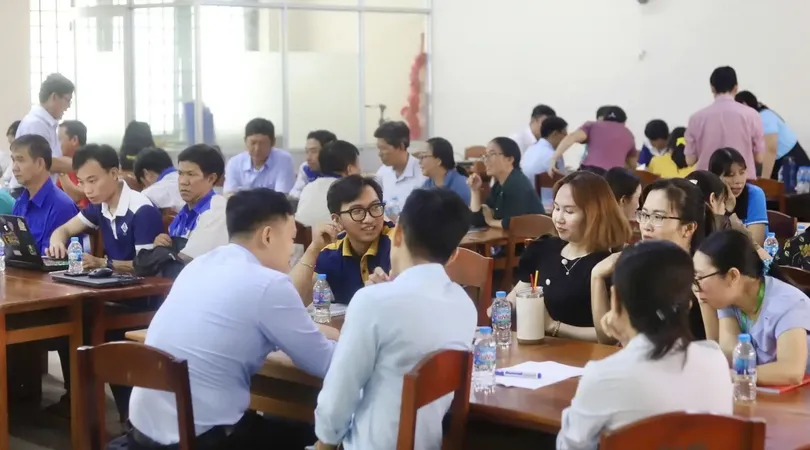










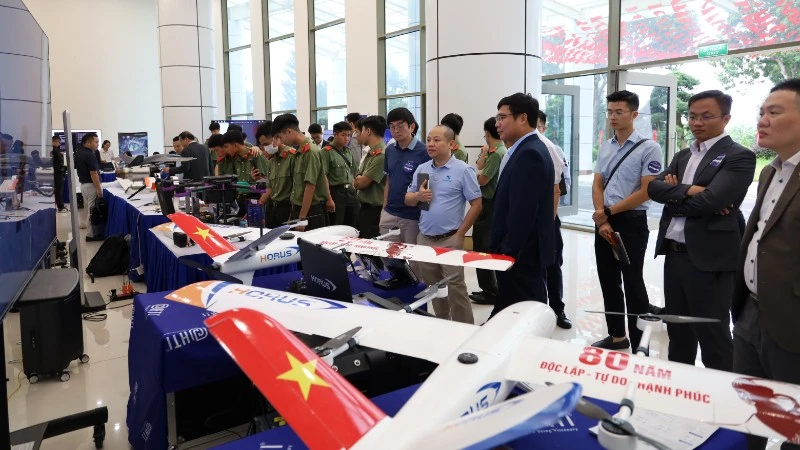
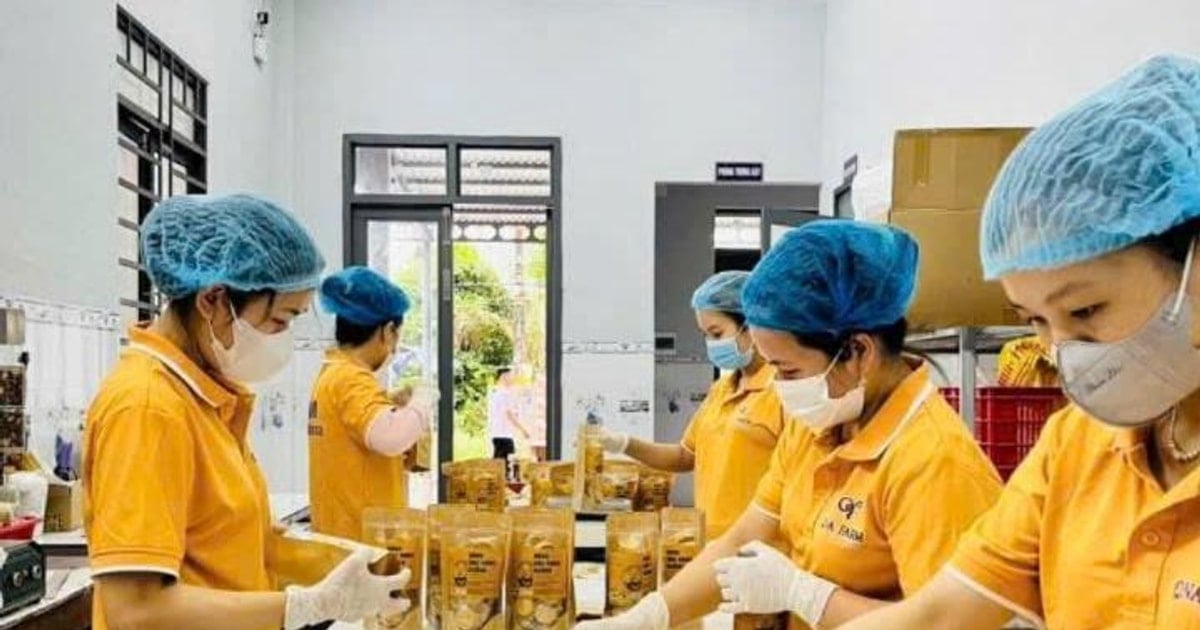








Comment (0)